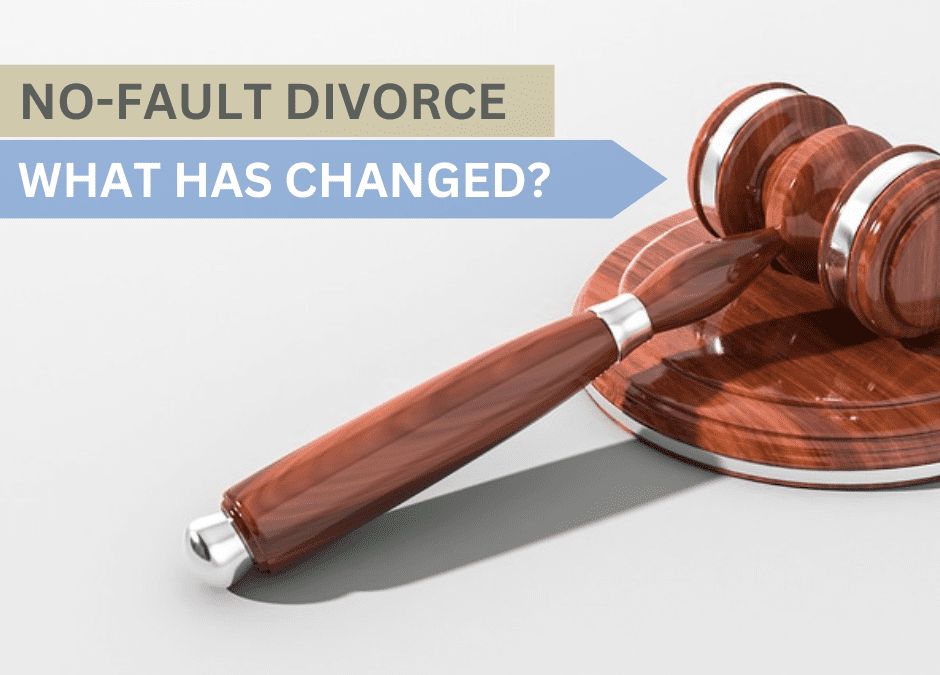No-Fault divorce came into effect on the 6th April 2022 and it allows couples to obtain a divorce without one party to lay blame on the other. Certain updates were made to the terminology and procedure in divorce law meaning that for applications made before this date the procedure and terminology remains the same. Applications made on or after the 6th April will proceed with the updated terminology and the new procedure will be applied.
Below you will find we have provided a simple, yet easily readable explanation of the differences between the old procedure which contains the decree nisi and decree absolute and the new terminology that has come into effect.

Since the 6th April 2022, you are no longer required to provide a reason to the Courts for the breakdown of your marriage.
A single statement of ‘irretrievable breakdown’ on your divorce application will be acceptable as sufficient evidence for the Court to deal with your divorce application.
What is a decree nisi?
A decree nisi is the first formal confirmation from the Court that you are entitled to a divorce. This only applies to divorces that were applied for before the 6th April 2022. At this stage, you are still legally married until you take the final step in dissolving your marriage. To take the final step, you apply for the decree absolute.
In divorces applied for after 6th April 2022 a Conditional Order will replace the decree nisi – they both serve the same purpose but there has been a change in the name. A Conditional Order can be applied for once 20 weeks have passed since the divorce application was issued by the Court, providing the application has been served on the other party and an Acknowledgment of Service has been filed at Court.
What is a decree absolute?
Once a decree nisi has been pronounced, the applicant (the person who initially applied for the divorce) must wait 6 weeks and one day before they can apply for the decree absolute. Once this has been pronounced, you are divorced.
For divorces that started on or after 6th April, the new equivalent of the decree absolute is a Final Order. This can be applied for six weeks and one day after the Conditional Order has been made. Once the Final Order is made, you are divorced.
Contact us
We hope you found this blog informative. If you would like any further advice, you can book your 30-minute initial consultation with a member of our team, free of charge or visit the bottom of our home page to find our contact form.


